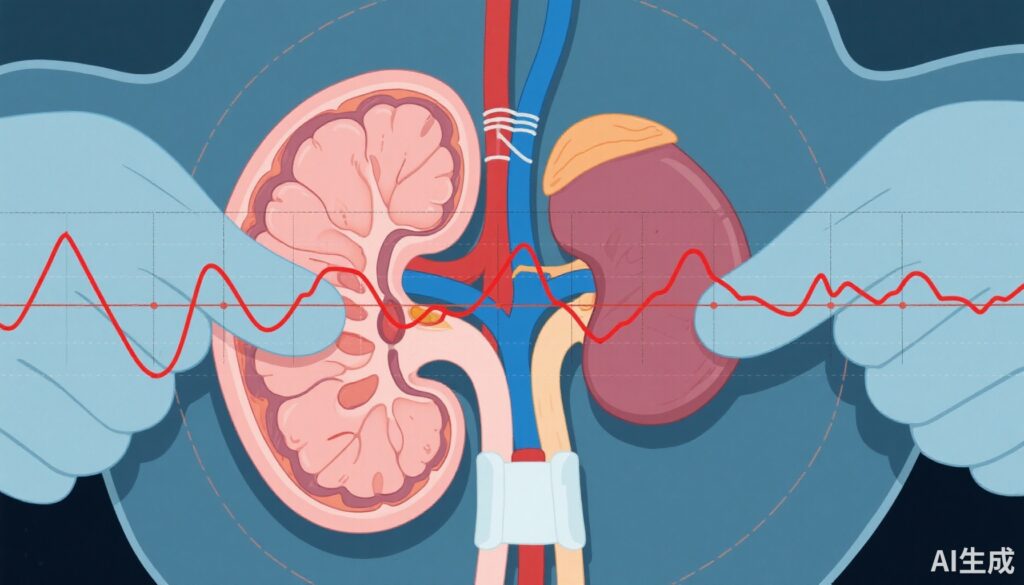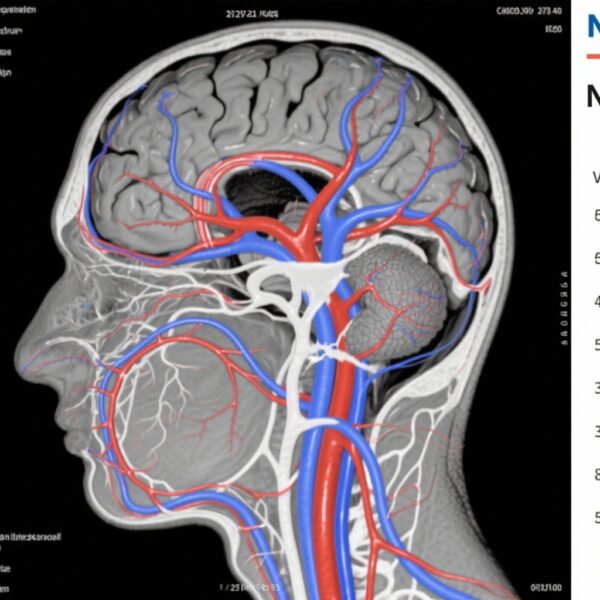Highlight
- Deceased donor kidney transplantation offers significant survival benefits compared to remaining on dialysis waitlists, especially with low Kidney Donor Risk Index (KDRI) kidneys.
- Survival gains vary substantially by donor kidney quality and recipient age, with older recipients gaining the most from low-risk donor kidneys.
- High KDRI kidneys confer only modest survival benefits, and younger recipients receiving such kidneys may not experience a survival advantage over dialysis.
- These findings emphasize the importance of individualized counseling and decision-making, balancing risks, donor quality, and recipient characteristics.
Study Background
Kidney failure remains a significant clinical challenge worldwide, with dialysis and transplantation being primary treatment modalities. Deceased donor kidney transplantation is conventionally recognized as the preferred option over dialysis due to improved survival and quality of life. However, the magnitude of survival benefit might vary based on donor kidney quality and recipient patient factors. The Kidney Donor Risk Index (KDRI) serves as a standardized metric to quantify donor organ quality, with higher scores reflecting an increased risk of graft failure and potentially worse recipient outcomes.
Previous research into survival outcomes post-transplant versus dialysis waitlisting has been limited by methodological biases, particularly immortal time bias, which can overestimate survival benefits of transplantation. Addressing these biases and incorporating donor and recipient heterogeneity is crucial for accurate, clinically relevant survival estimates.
Study Design
This population-based cohort study used data from the Australia and New Zealand Dialysis and Transplant Registry, spanning 2010 to 2021. The investigators applied a clone-censor-weight approach to emulate a randomized controlled trial, reducing immortal time bias effects.
The study included 8011 adult patients waitlisted for kidney transplantation in Australia. They were categorized into three groups based on actual transplant status and donor kidney quality:
1. Patients receiving deceased donor kidneys with low KDRI scores (<90th percentile).
2. Patients receiving deceased donor kidneys with high KDRI scores (≥90th percentile).
3. Patients remaining on the waitlist receiving dialysis only (never transplanted).
The primary outcome was all-cause mortality over a 10-year follow-up. Analytical methods involved inverse probability-weighted pooled logistic regression to estimate risk differences, risk ratios, and restricted mean survival time differences.
Key Findings
The cohort had a median age of 53 years, with 36.2% female participants. Over 10 years, the estimated all-cause mortality was 22.4% (95% CI, 20.8%-24.2%) for recipients of low KDRI kidneys, 30.6% (95% CI, 24.8%-37.2%) for recipients of high KDRI kidneys, and 39.1% (95% CI, 33.2%-45.1%) for patients remaining on dialysis.
Compared to remaining on dialysis, transplantation with low KDRI kidneys yielded a mean survival gain of 6.6 months (95% CI, 4.4-8.7), while high KDRI kidneys provided a modest 3.6-month gain (95% CI, 0.3-6.4).
Subgroup analyses revealed that older recipients (≥60 years) receiving low KDRI kidneys had the greatest survival advantage, with a 35.8% relative reduction in mortality risk (95% CI, -50.2% to -21.0%). In contrast, younger recipients (<60 years) transplanted with high KDRI kidneys did not exhibit significant survival benefit compared with dialysis.
These outcomes underscore the heterogeneity in survival benefits after deceased donor kidney transplantation, influenced by both donor organ quality and recipient age.
Expert Commentary
This rigorous registry-based study tackles a pivotal question in transplant nephrology: the precise quantification of survival benefits from deceased donor kidney transplantation in the real world, accounting for donor quality and eliminating immortal time bias.
The use of the KDRI as a stratification metric offers a practical approach to personalize transplant decision-making. Though high KDRI kidneys confer lesser survival benefit, they still outperform dialysis in many cases, supporting their continued use to expand donor pools amid organ shortages.
The lack of survival benefit in younger recipients receiving high KDRI kidneys may reflect competing risks or the long-term implications of suboptimal graft quality, necessitating caution and detailed counseling.
Limitations include potential residual confounding, missing data intrinsic to registry studies, and regional practice patterns that may limit generalizability globally. Nevertheless, the study’s methodology aligns with evolving standards for observational causal inference.
Conclusion
This cohort study robustly confirms that deceased donor kidney transplantation significantly reduces mortality risk compared with dialysis waitlisting, with survival advantages modulated by donor kidney quality and recipient age.
For clinical practice, these findings advocate for nuanced, evidence-based discussions with patients regarding expected survival gains from transplantation, factoring individualized risks and donor profiles. Low KDRI kidneys remain the gold standard for maximizing survival, particularly in older recipients. High KDRI kidneys provide modest benefit and should be considered judiciously.
Optimizing transplant outcomes necessitates continued refinement in donor-recipient matching, alongside shared decision-making tools incorporating these detailed risk estimations. Future research should explore long-term graft function and quality-of-life outcomes for these stratified patient groups.
Funding and Clinical Trial Registration
This study was funded by appropriate national health research bodies. The analysis was conducted post hoc using registry data, with no associated clinical trial registration.
References
Zhu L, Teixeira-Pinto A, Gately R, Boroumand F, Bakar KS, Sabanayagam D, Stanaway FF, Lim WH, Wong G. Survival Benefits of Deceased Donor Kidney Transplant vs Waitlisting. JAMA Intern Med. 2025 Oct 27:e255624. doi: 10.1001/jamainternmed.2025.5624. Epub ahead of print. PMID: 41143824; PMCID: PMC12560023.



